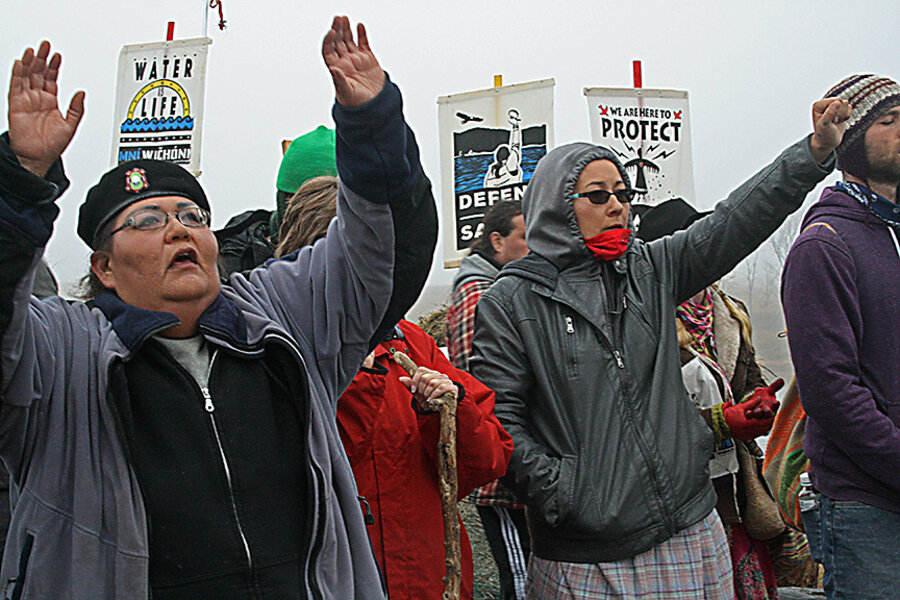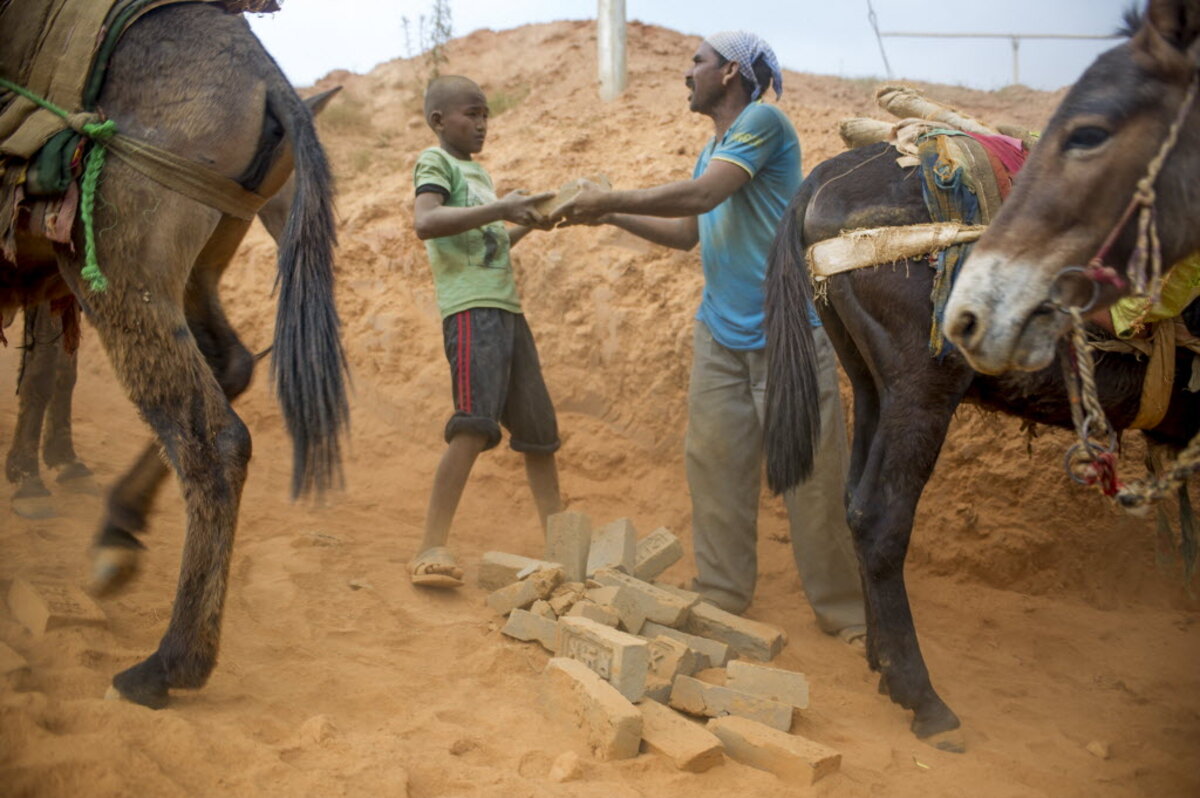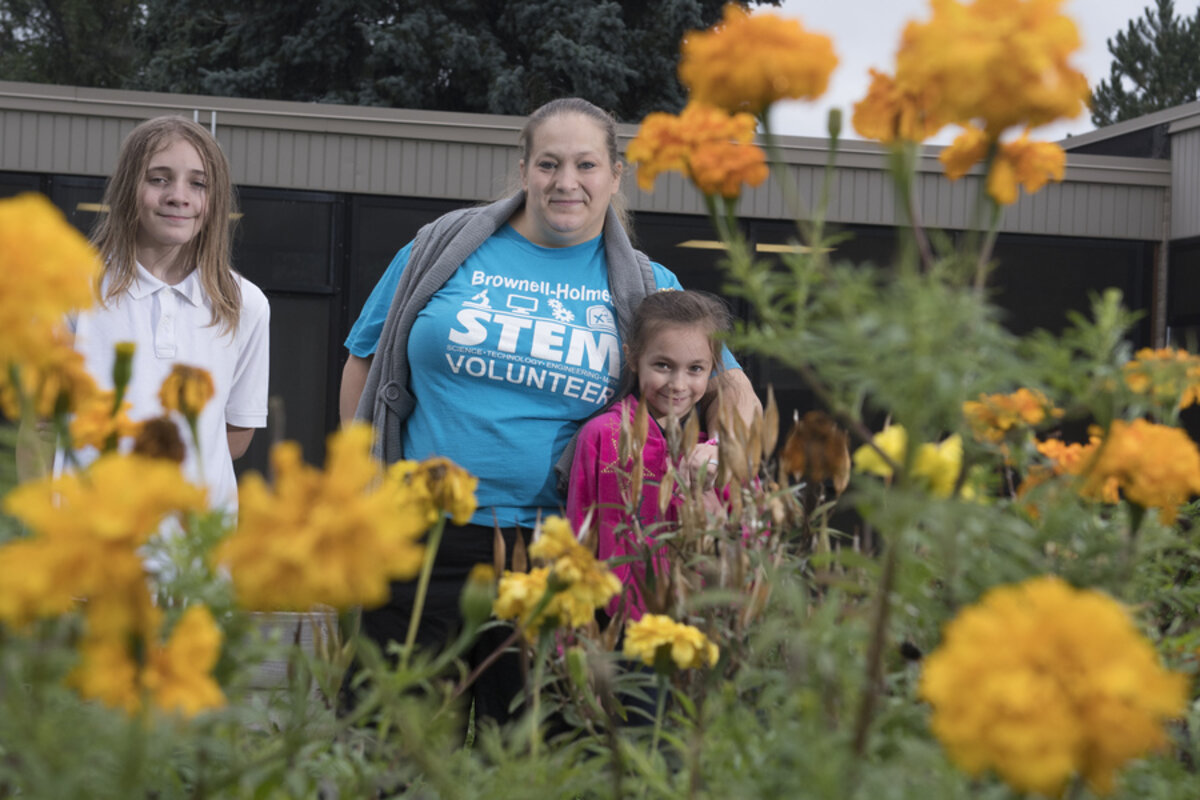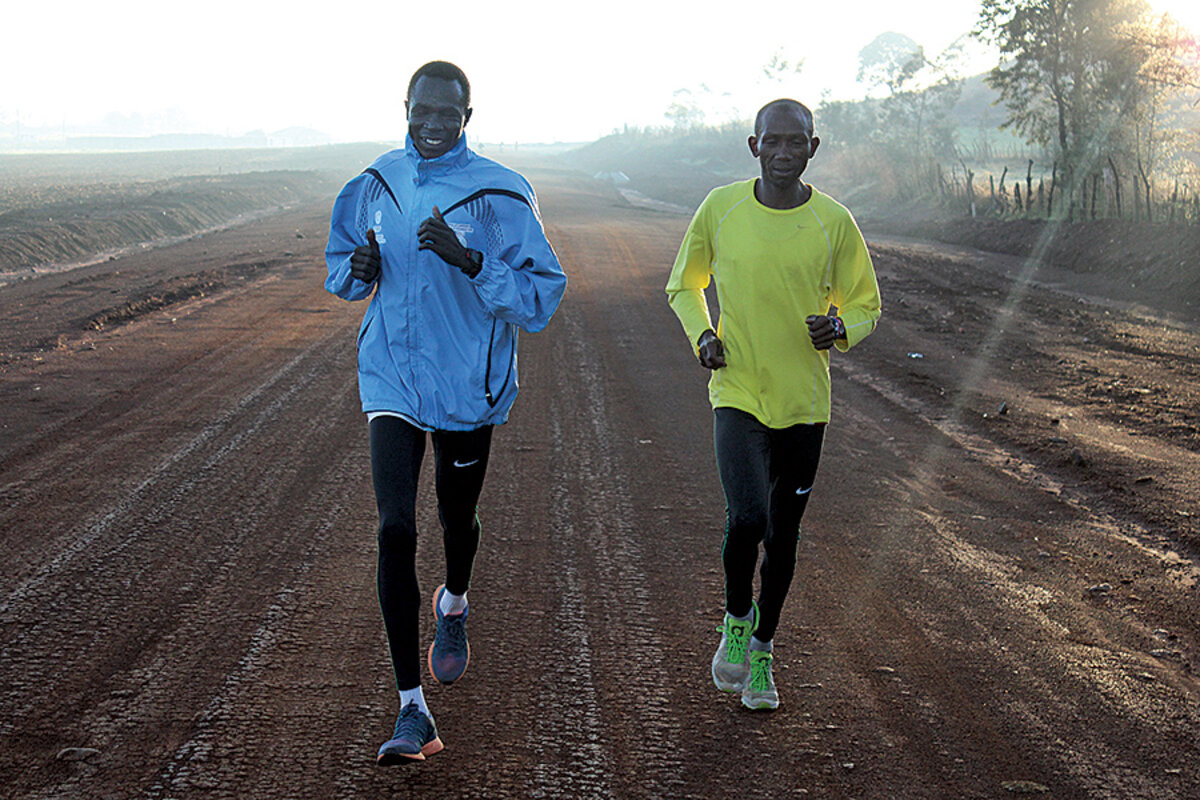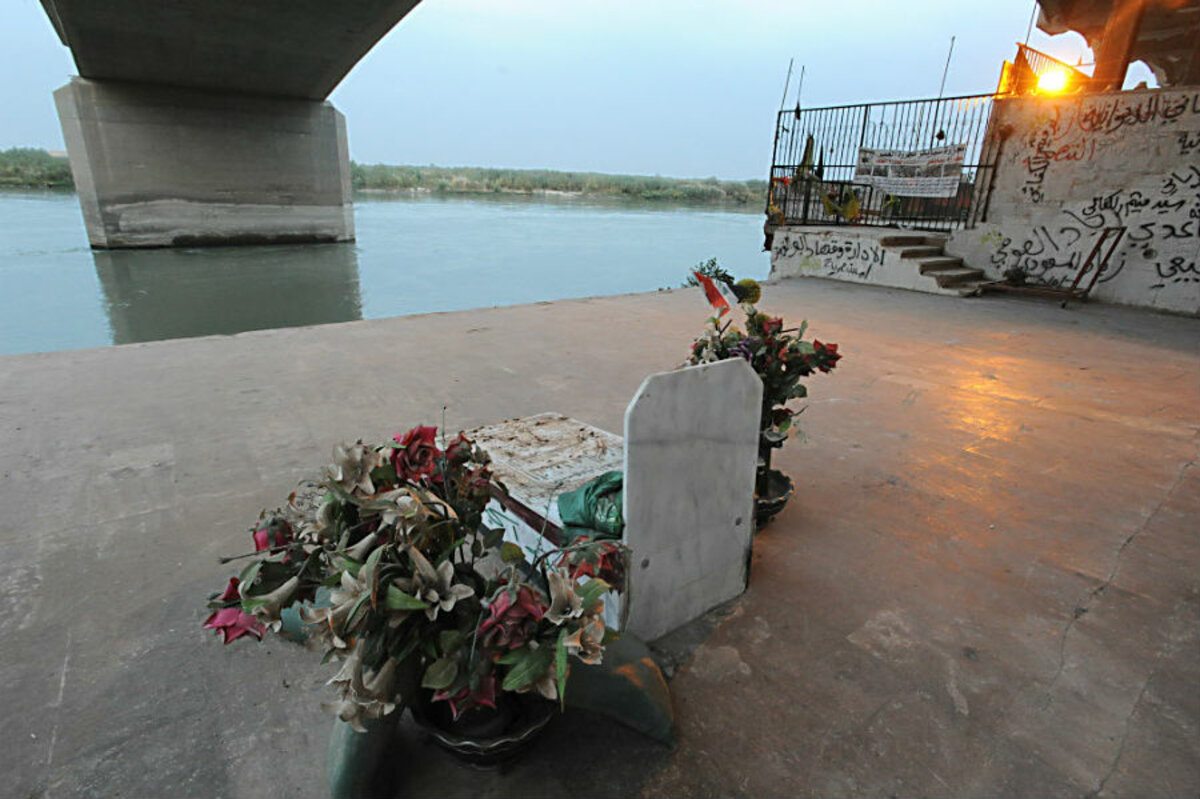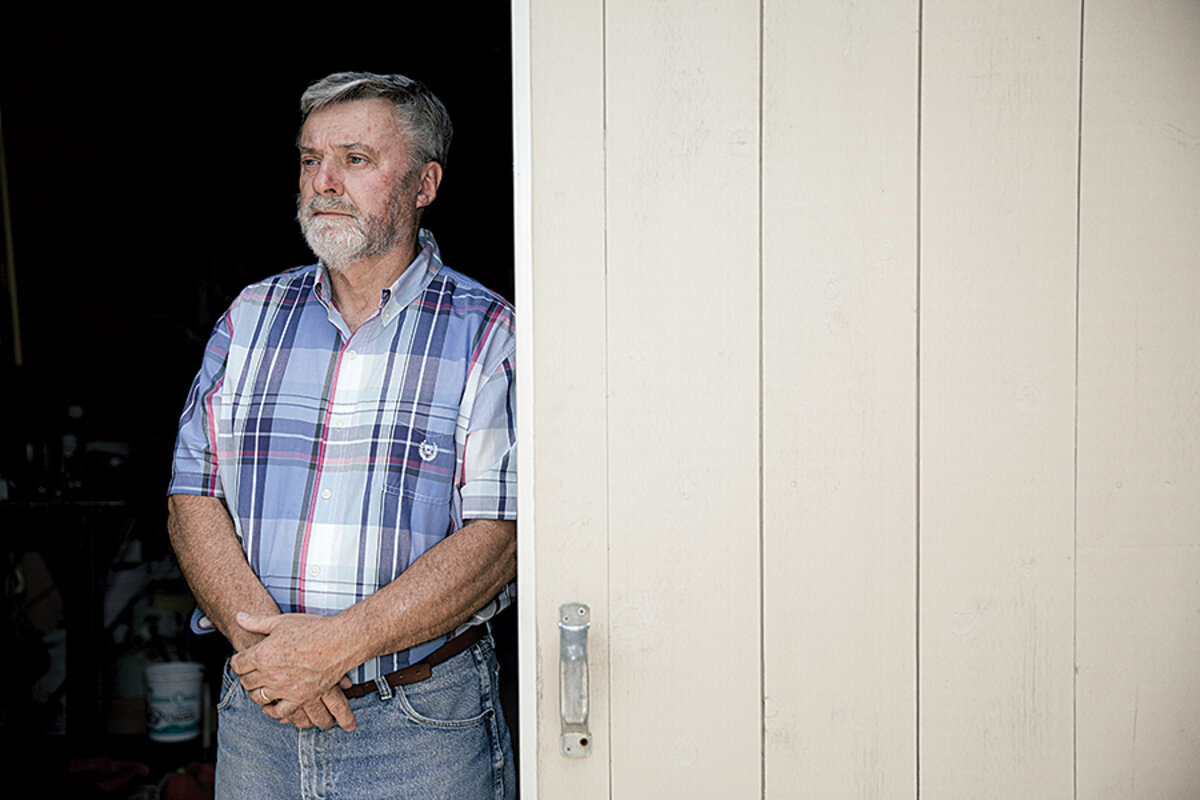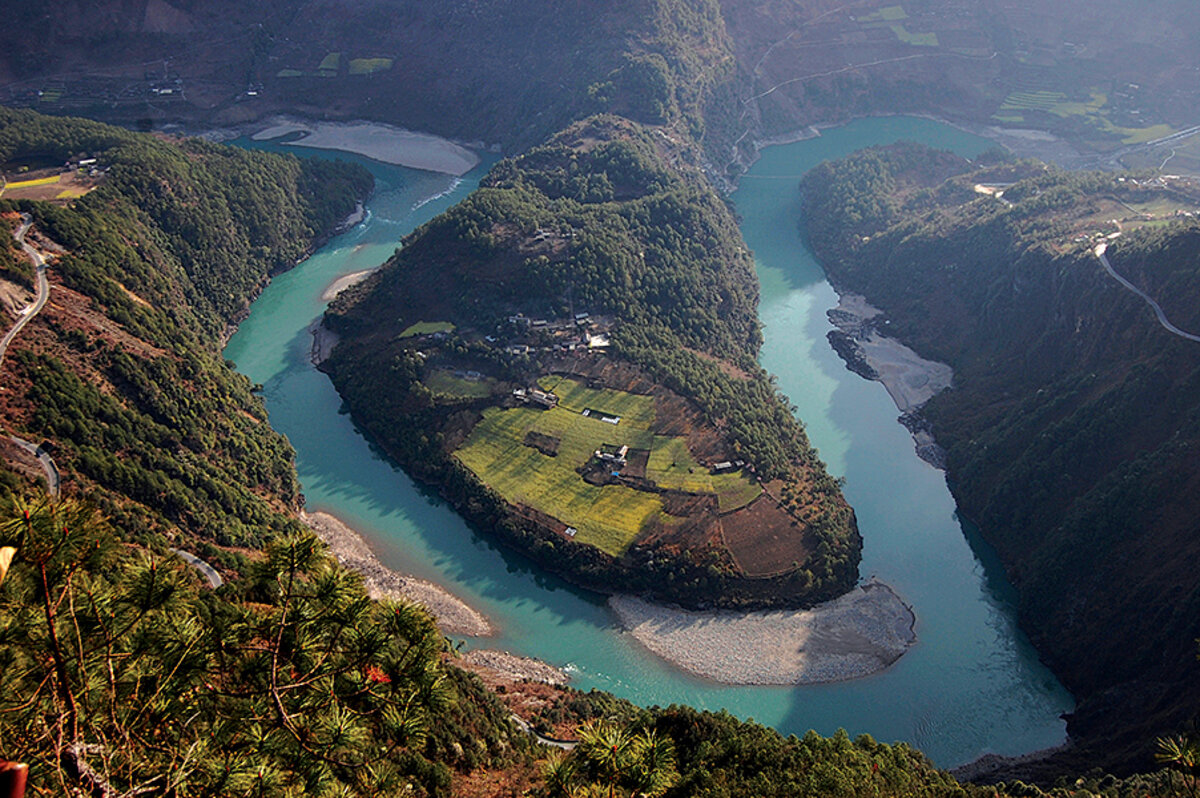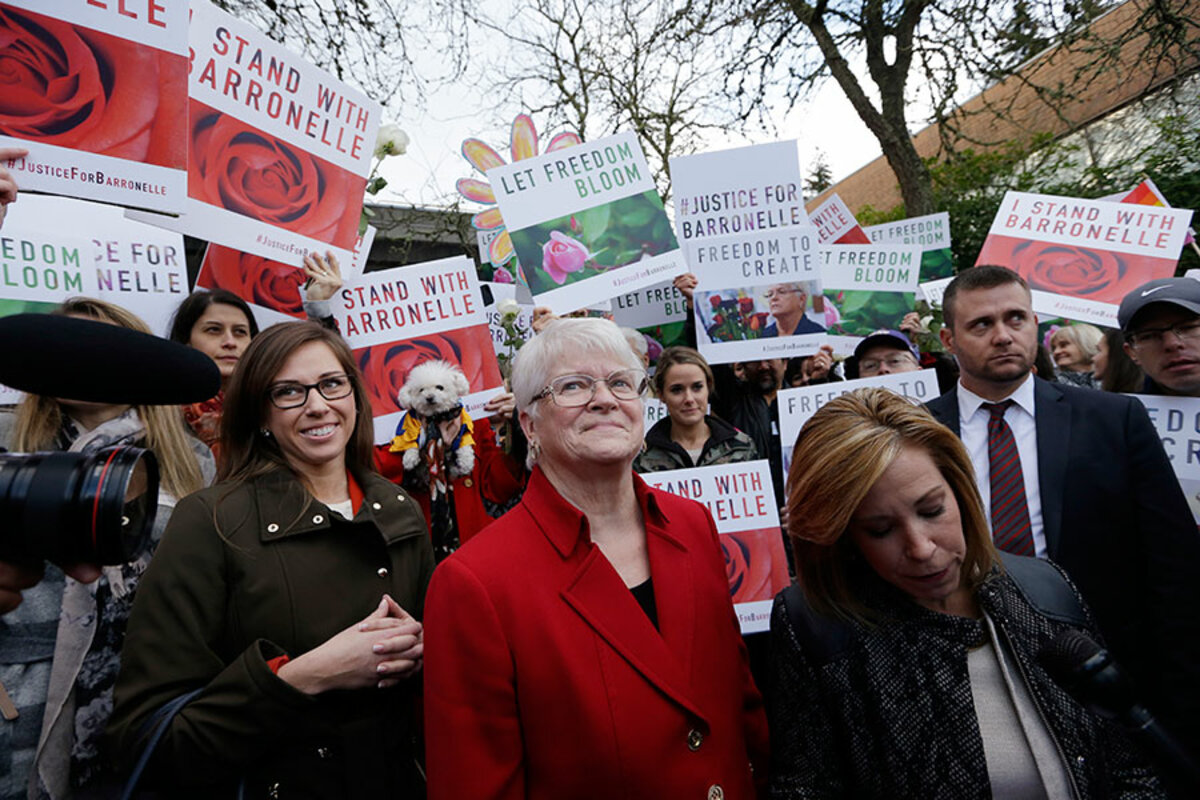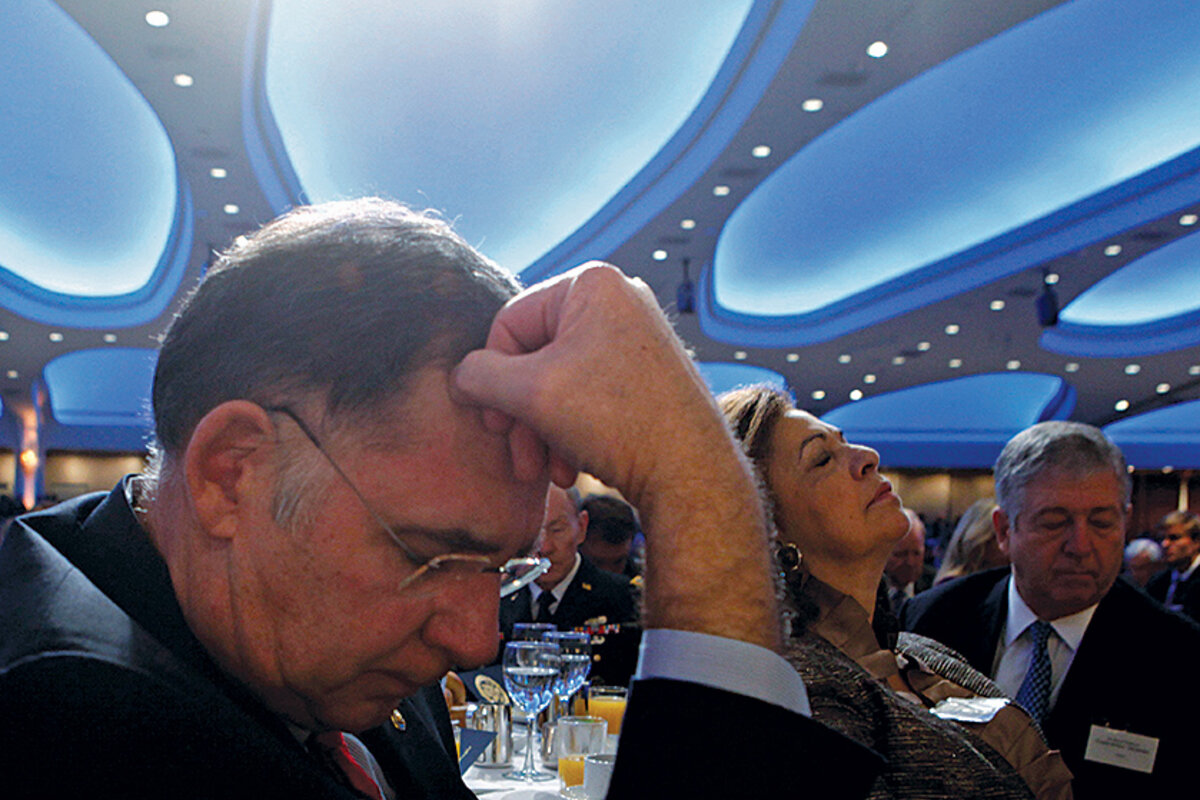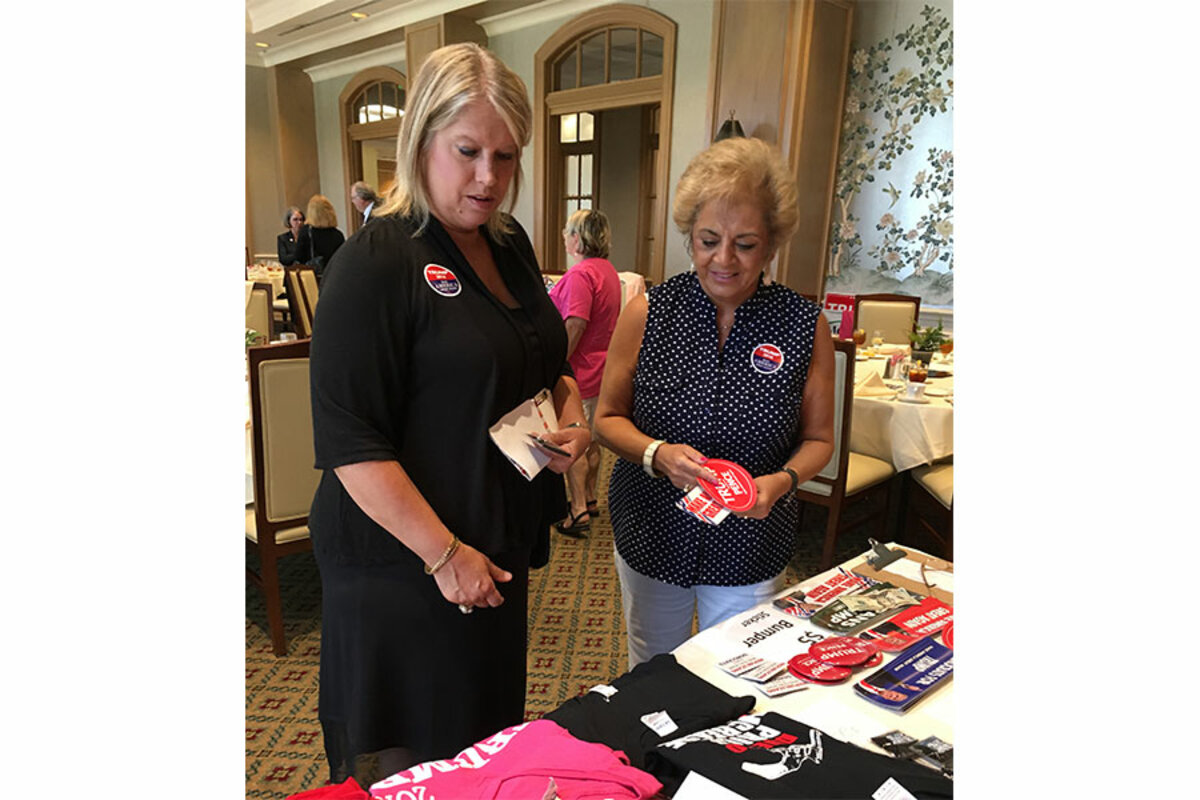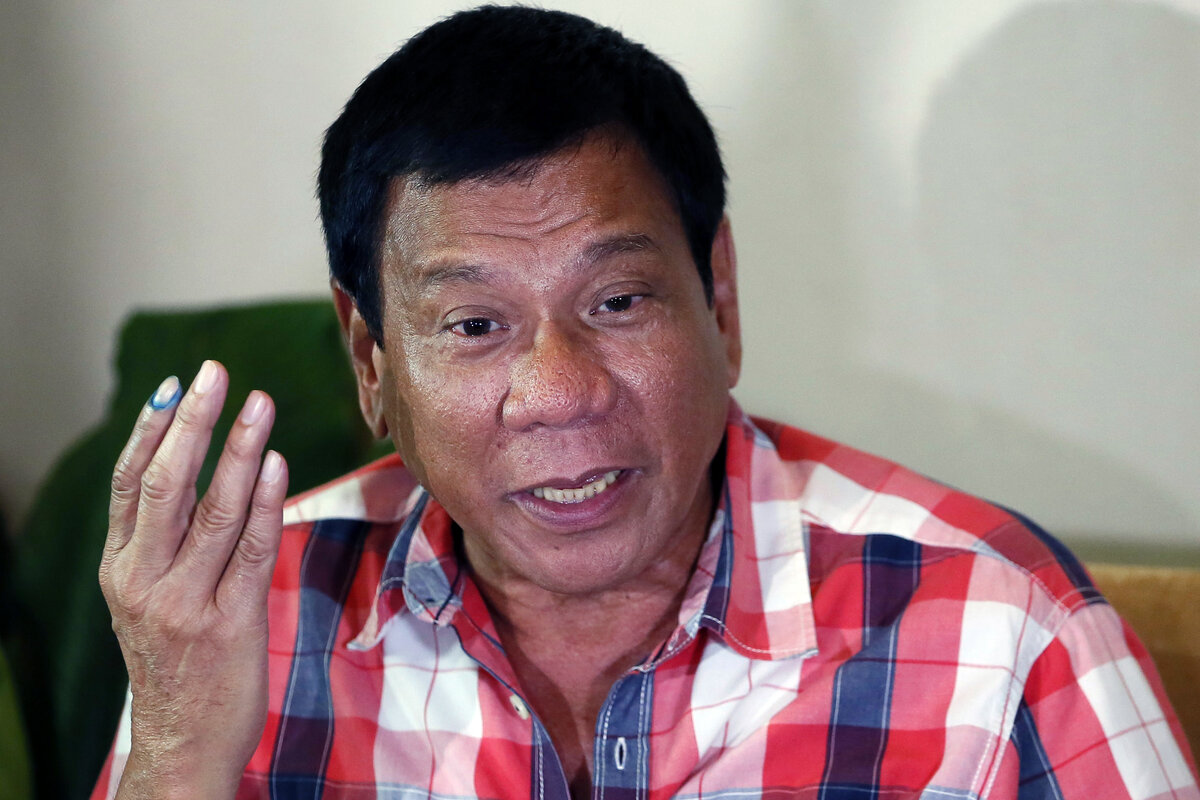Best Monitor stories of 2016: Pipeline, protests, and spiritual revival in North Dakota
Loading...
After Henry Gass’s first interview with Dakota Access Pipeline protesters, it became clear that for Native Americans, the protest was about much more than battling the oil industry.
Sitting around a campfire with Joye Braun, directly in the pipeline’s path, she reminded me that until 1978, such rituals had been prohibited under federal law. Tribes had to literally re-learn how to do this.
“In the 1980s we didn’t know how to do what we’re doing now,” she said. “Everything we do is in prayer here, and prayer is an essential part of the revitalization of our cultures and our languages.”
The next three days of reporting brought more anecdotes of this revival, from a young man who helped build his tribe’s first canoe in a century to BJ Kidder, an elder Standing Rock Sioux member and the son of a medicine man unable to practice his tribe’s traditional rituals and practices like his ancestors.
The story that rescued 12-year-old Dorje from a Nepal brick kiln
Michael Holtz, the Monitor’s incoming Beijing bureau chief, set out to report on how activists in Nepal sought to shake up the country’s dependence on child labor.
I’m always skeptical that the work I do as a reporter will make a lasting difference. But in this case it did.
It started when Monitor photographer Ann Hermes and I, with the help our trusty fixer, found Dorje Lama, a 12-year-old boy working at a brick kiln outside of Kathmandu, Nepal. After hearing his heartbreaking story, we shared it with the activist who is the focus of my story.
A few weeks later I got word that Dorje had been rescued from the brick kiln and was starting a new life at a children’s home in Kathmandu. I was so relieved and grateful when I heard the news. It was an experience I won’t soon forget.
What I learned from Flint moms
Education writer Stacy Teicher Khadaroo gained new perspective as a parent when she visited Flint, Mich., where the taps in the schools and many people’s homes are still not safe.
When my children are thirsty, they go to the sink and fill a cup. I hadn’t thought of that as a privilege.
But for Sandra Hinman’s kids, it is.
The Flint mom told me that when they visit people in other towns, the first thing her kids ask for is a drink of water – from the tap.
Though the city is still enduring the injustice of a poisoned water system, and Ms. Hinman was devastated to learn her children had been exposed to lead, she says it also makes them understand how precious things are: “There are children all over the world that have to drink [unclean water] every day. We’re fortunate to live in a country where people are sending us bottled water...”
The refugees with Olympic dreams
For Africa correspondent Ryan Lenora Brown, one of the most striking refugee stories of the year was that of the first Refugee Olympic Team.
In April, I had the chance to spend a week with 15 of the athletes competing to be on that team – a group of runners from South Sudan, the Democratic Republic of Congo, and Somalia who were being trained by one of Kenya’s greatest distance runners, Tegla Loroupe.
There are many chances as a reporter to write about the plight of refugees – their struggles and their sorrows – but fewer to give readers a window onto other, more prosaic parts of their lives – their ambitions, their hobbies, their hopes. I hope this story does that.
Finding a rare story of reconciliation in Iraq
In 2014, Sunni jihadists from ISIS killed more than 1,700 Shiite cadets in the Iraqi city of Tikrit, which seemed set to trigger an especially brutal blood feud. But it didn’t happen. The reasons why captivated veteran war reporter Scott Peterson.
Since I started covering Iraq in 1991, there has been very little good news. So I was very pleasantly surprised to write about how Sunni and Shiite politicians in Tikrit worked with Iraqi peace facilitators to overcome demands for revenge.
“When we started, all the signs were bad.… We thought it was a lost cause,” the mayor of Tikrit, Omar Tariq al-Shindah, told me.
Through a carefully calibrated solution of accountability and apology, tens of thousands of displaced Sunnis returned safely home, and Shiites found a degree of justice. The result could yield lessons for Iraq to break the cycle of sectarian conflict.
A different story of migration: Shahzad and his Austrian foster family
A fellow journalist happened to tell European bureau chief Sara Miller Llana about an Afghan boy who had lost his entire family and traveled to Europe mainly on foot – and was taken in by his German teacher's family.
After covering hardship on the migrant trail for a year, I heard about Shahzad.
I wasn’t sure he and his foster family would want their story told, so it was with trepidation that Monitor photographer Melanie Stetson Freeman and I showed up at their house for dinner. But the connection was immediate. And they remain such an inspiration.
Every time I hear a horrible story about migration I wonder how this family will process it together. That helps me put the broader refugee story in perspective, thinking about the humans living through the experience and not just numbers or headlines. Though I check in with the family from time to time, they probably have no idea how much they mean to me.
Joining an NRA member on his shooting range
Simon Montlake’s interest in whether it was possible to move past the political impasse on guns led him to Ralph Demicco.
Mr. Demicco is a fascinating character – a New Hampshire gun seller and NRA member who wants to prevent gun suicides and is willing to work with public-health officials, who are viewed with suspicion by many gun-rights folks.
I spent hours talking to Demicco, who told me about the customers who bought guns from him and used them to take their lives – and the ones whom he didn't serve because he recognized the risk.
On my second visit we went to his range behind his house for a photo shoot. After he'd fired some rounds he asked if I wanted a go. It was my first time, and my aim was bad. But it felt important to stand in his shoes for a minute.
One last wild, wooly trip to the hinterlands of China
Peter Ford, who in March wrapped up his sixth foreign posting for the Monitor, recounts his prescient trip to China’s last major undammed river.
Before I end a foreign posting, I like to go somewhere really wild and wooly. Just before I left China I visited the Nu River, plunging through some of the most beautiful scenery in a distant corner of the country, between Tibet and Burma. The Nu is China’s last major undammed river, but the government had long been planning to exploit its hydropower potential.
I sensed that opponents of the dams were beginning to prevail, and my story in April reflected environmentalists’ growing hopes of victory. Those hopes were crowned last month when the government signaled it was abandoning the dam projects. The decision, say Chinese activists, points to the government’s increasing awareness of environmental issues.
The Washington florist
Warren Richey waded into one of America's most pitched cultural battles, and came away with a deeper view of the constitutional claims of both sides.
When Barronelle Stutzman refused to arrange the flowers for a same-sex wedding ceremony, the Richland, Wash., florist never expected to become a national symbol of anti-gay bigotry. She just wanted to live her life consistent with the teachings of her Southern Baptist faith.
This was a difficult story to research and write because I felt a strong sense of the righteousness of the gay couple’s cause. They just wanted to live free as full members of society like everyone else.
But because of my own upbringing in a minority religious group that is, itself, sometimes ridiculed and vilified, I also felt a connection with Mrs. Stutzman’s claim of religious liberty. And I admired her courage.
In writing the story I wanted readers to understand what can happen when competing constitutional values collide in a court of law and in the court of public opinion.
A rare bipartisan oasis in Congress: prayer breakfasts
Congressional reporter Francine Kiefer opened the door to an almost unknown aspect of Capitol Hill.
No one is allowed at these bipartisan breakfasts except for the lawmakers themselves – no staff, no journalists. They are one of the few social events for members of both parties on the Hill, allowing members to really get to know each other, and what motivates each other. It was a story that gave people hope that on some level, folks in the two parties do know each other as individuals.
Read the full story and listen to the related podcast
My second story, even though you didn't ask for it, was the women's GOP club of Carey County outside Raleigh, N.C. A woman told me that she knows lots of Trump supporters who won't put signs on their lawns but still plan to vote for Trump. Trump's win was not a surprise if you listened to voters like that. I remained skeptical about an assumed Hillary Clinton win until the end.
The people who were not shocked by Duterte
Ralph Jennings went to the provincial capital that Rodrigo Duterte had governed as mayor for 22 years before becoming president of the Philippines.
Six months ago, when I wrote this story, few people outside the Philippines had heard of Rodrigo Duterte. Since he became president though, he has become internationally notorious for the extra-judicial murder spree he has unleashed against drug users.
That may have shocked the world, but it did not shock the citizens of Davao, where I reported this piece from the city’s parks and streets. Duterte had been their mayor for 22 years and people told me how he had used death squads to clean up city crime. They also told me that this did not bother them much.
This article shows how ground-level reporting can signpost the future. Anyone who read this story as Mr. Duterte took office would have come away with a pretty shrewd idea of what his presidency held in store.
The story I didn't want to write
Linda Feldmann thought voters in the heat of battle wouldn't be thinking about how to bridge America's political divide after the election; they’d be thinking about how their candidate could win.
This year, I am most proud of a story I didn’t want to write – a story that posed the question, “After the most divisive US election in memory, can healing and reconciliation follow?” The concept felt manufactured, given my assignment: Write the story before Election Day, for publication soon after.
But I like a challenge. For three weeks, at Republican and Democratic campaign rallies, I asked voters about post-election reconciliation. Some looked dumbstruck. But most warmed to the topic. Some even welcomed the chance to look beyond the negativity of the moment, and imagine ways of healing the divisions the campaign had wrought.
The irony is that I suspect most of the people I interviewed, on both sides, thought Mrs. Clinton would probably win. After Mr. Trump won, I decided the piece still worked. In fact, it made sense to run it the day after the election, when about half the nation was in shock and looking for something hopeful to grab onto.
The concept of reconciliation transcends partisanship, and the interviewees spoke in that spirit. (Just to be clear, everyone I interviewed knew the story would run after Election Day.)
When I posted the piece on Facebook, it got a lot of thumbs-up, but also some push-back. One friend, a Democrat, said: “Let’s see one hard-core GOP try to understand us. Let’s see any Trump supporter speak out against the hate crimes now going on. When we see Nazi symbols spray-painted with Trump’s name, it doesn’t inspire reconciliation.”
I’ve seen similar comments in other publications from anguished voters, clearly in no mood to find any common ground or reconciliation. They say the coming Trump presidency poses a threat to American democracy and to the future of the planet itself, and that calls for “hope” and “healing” are misplaced. It’s time to take action, they say, not hold hands and sing Kumbaya.
I take all these reactions to heart. Everyone processes a political earthquake in his or her own way. But I keep thinking about a young Trump supporter I interviewed at a Clinton rally in Coconut Creek, Fla.: “People should listen more and speak less,” he said.




